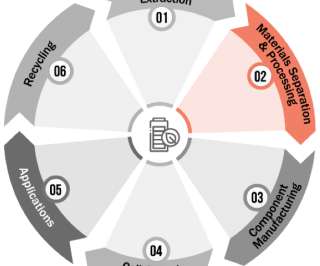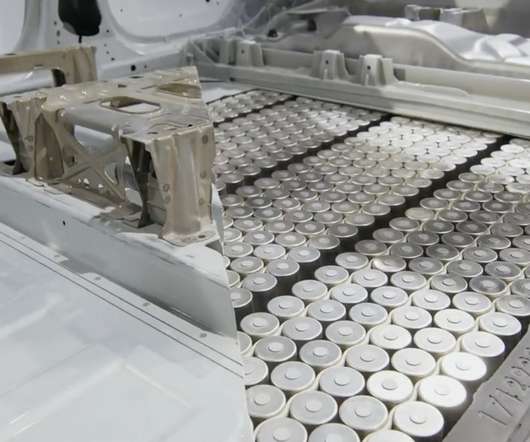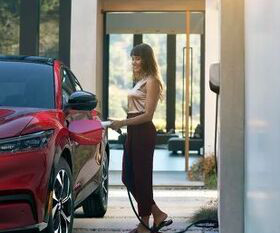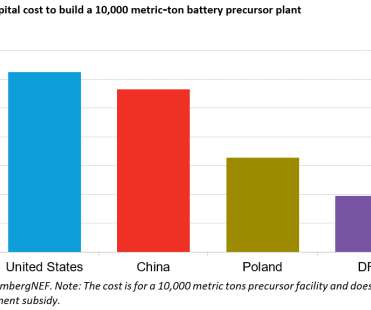Syrah Resources successfully produces Li-ion battery grade spherical graphite; market numbers
Green Car Congress
NOVEMBER 20, 2014
Australia-based Syrah Resources has successfully produced uncoated battery grade spherical graphite, using natural flake graphite from its Balama Graphite & Vanadium Project in Mozambique. The International Energy Agency (IEA) 2013 has forecast annual sales of electric vehicles (EVs) of nearly 6 million units by 2020.













Let's personalize your content